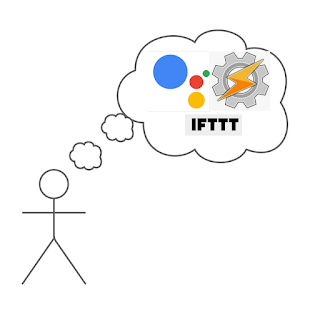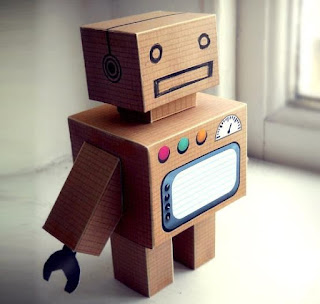My memory is in the clouds

How I tried to get my google assistant to remember things for me. I have recently bought a couple of google home devices for my flat and I find it really nice to be able to interact in a way that doesn’t require my eyes to be open. I find I use the one on my bedside table most, asking it to turn off the lights and play music before I go to sleep. This way I can control the music, volume and lighting while I’m dozing off to sleep. The most common question I ask it though is for the time. As strange as it sounds when every device has the time in one corner or another. If I look for the time on my phone, I am so often distracted by other notifications which end up in 5 minutes of being on my phone, one distraction after the next. At night the brightness of the screen is unpleasant. I don’t have too many smart devices besides the bedside lamps in the flat and so what would make the google home most useful for me would be to program my own little conversations with it. One simple one that I



